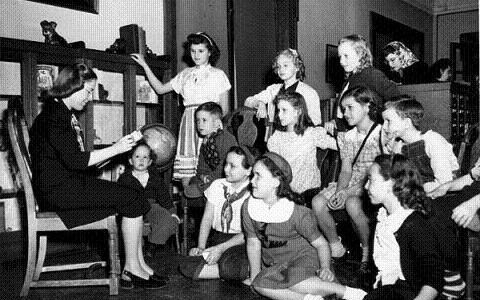Tell me a story… but don’t tell me you’re telling it.
Videogames, more often than not, tell us stories. These range from the simplistic “rescue the princess” sort of narrative to much more convoluted plots, chock-full of twists and surprises. Not every game strives to tell an epic tale, and some obviously do a better job than others at keeping gamers interested.
Almost as important as what a story entails, though, is how exactly the game goes about presenting it. Is it really enough to have an incredibly storyline if the mechanism by which it is delivered to the player is inherently flawed or unexciting? Would you want to play a game where the main character sits and listens as his local librarian reads a novel out loud? I wouldn’t.
Participation is key. Sitting idly by as the storyline is narrated is usually not as fun as providing direct input to the game, and then being rewarded with plot progression and new information. When a player is positioned as an integral part of the story rather than as an outside observer, the game naturally becomes more engrossing.
This week, I’ve been playing the STELLAR Xbox 360 game, BioShock. I’m enjoying it immensly, even though my playing sessions are more spaced out than I’d like them to be. As far as I can tell, Brendon’s 9.5 review score is spot-on, but I digress.
Although BioShock doesn’t feature a truly player-driven narrative, it does many things right with regards to the art of storytelling.
First of all, there are almost no cutscenes. That’s not to say that cutscenes are bad things, because they aren’t. Cutscenes are a valuable method for presenting powerful and/or elaborate story sequences exactly as the director intended for them to transpire. The goal of a game that leaves these pre-scripted, pre-rendered portions out, then, is to take creative control from the design team’s hands and put it in those of the gamers.
BioShock finds itself somewhere in-between a game that uses cutscenes to advance the plot and a completely emergent game design. Although the player’s control isn’t revoked in order to “better” display the protagonist’s adventure, there are still a handful of scripted events that occur in the surrounding environment. These are all pre-determined, but unlike a cutscene, the reaction to each event is completely up in the air, and up to the player.

Since there is no traditional narrative in BioShock, the backstory must be disclosed via other means. The way that players explore the game world to discover its history acts as a powerful tool for immersing them in the experience. Rather than explicitly explaining what has happened, who did what, etc., the story is pieced together slowly from the bits of information scattered throughout the city of Rapture.
This information comes in the form of random signage found posted on walls, short audio and video clips, and of course the aftermath of all manner of structural and biological destruction. Everything players see in the underwater city augments the story formulated within their own minds. The imagination is a magnificent thing when prodded in the right direction.
Finally, the non-player characters encountered throughout the game act as the very fabric that coheres entire story together. It is through their monologues, dialogues, behaviors, and especially their forsaken diaries that the player ultimately comes to understand the city of Rapture, its culture, its politics, and its tainted history.
The entire process of discovery is just downright awesome, and I feel that more games should take this approach to storytelling.
Like I said…tell me a story, but don’t tell me you’re telling it.


















